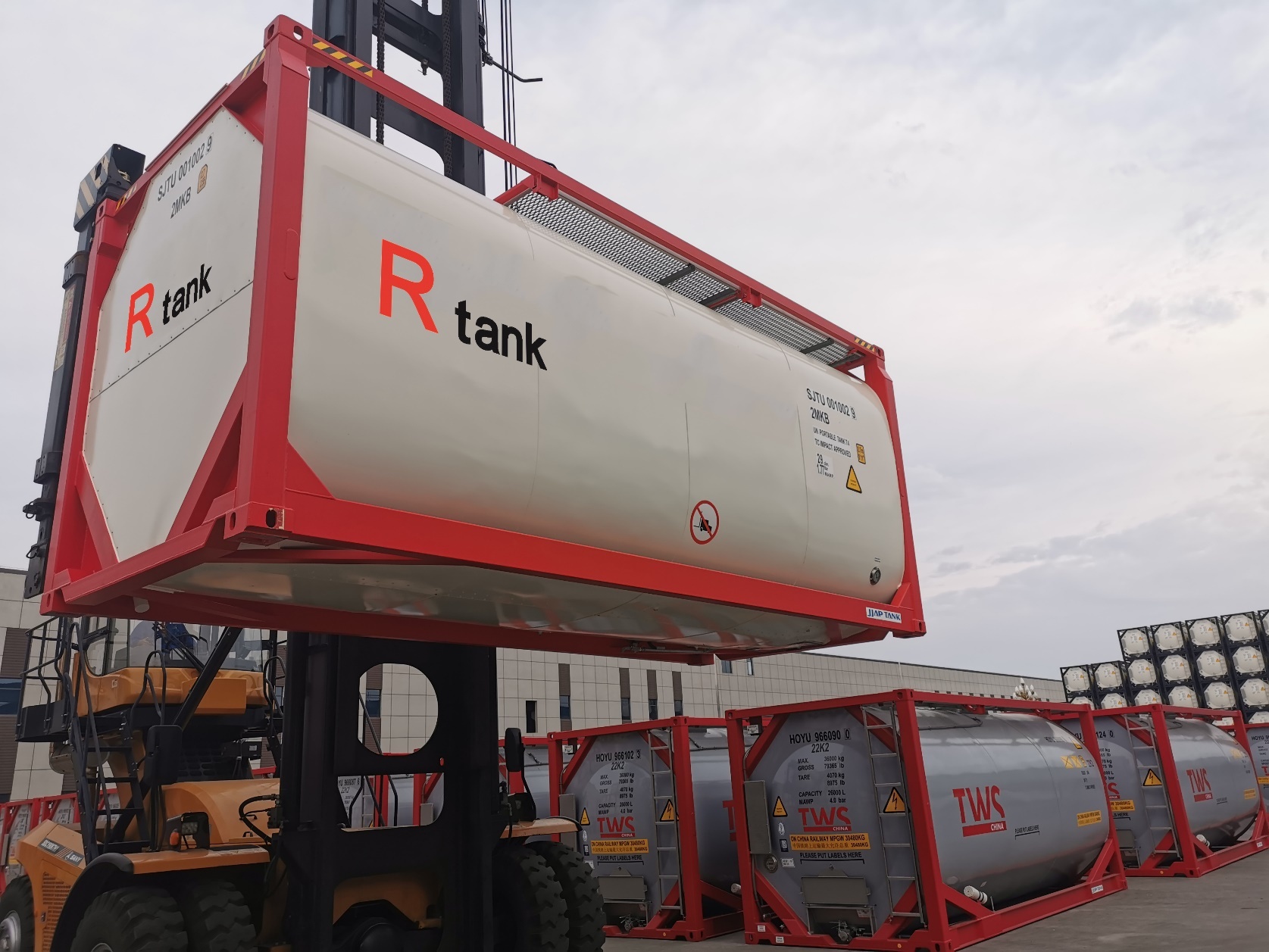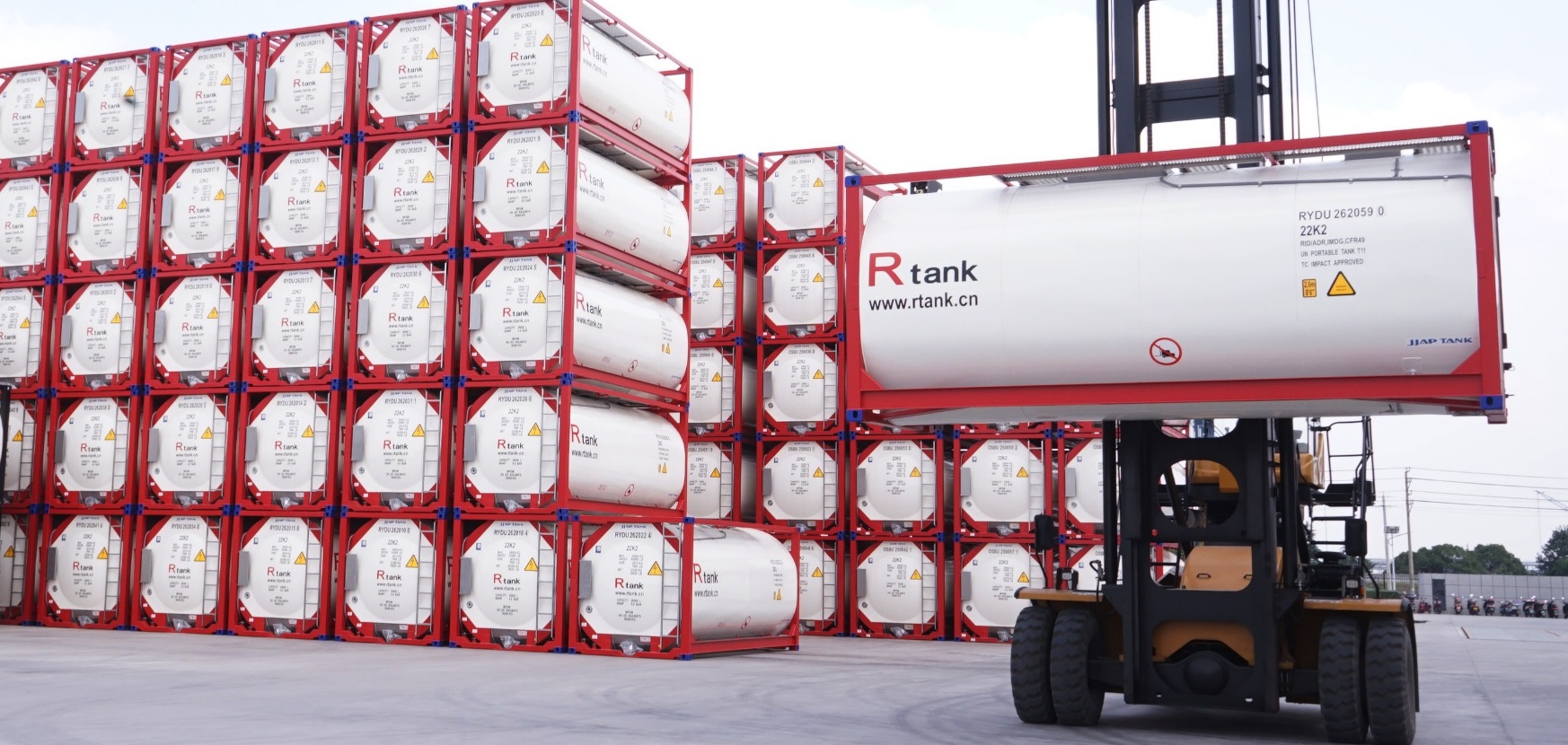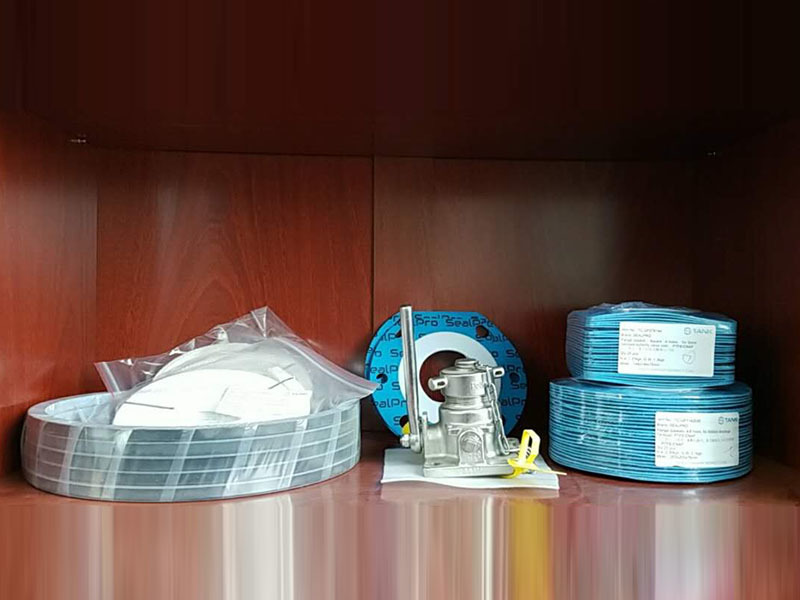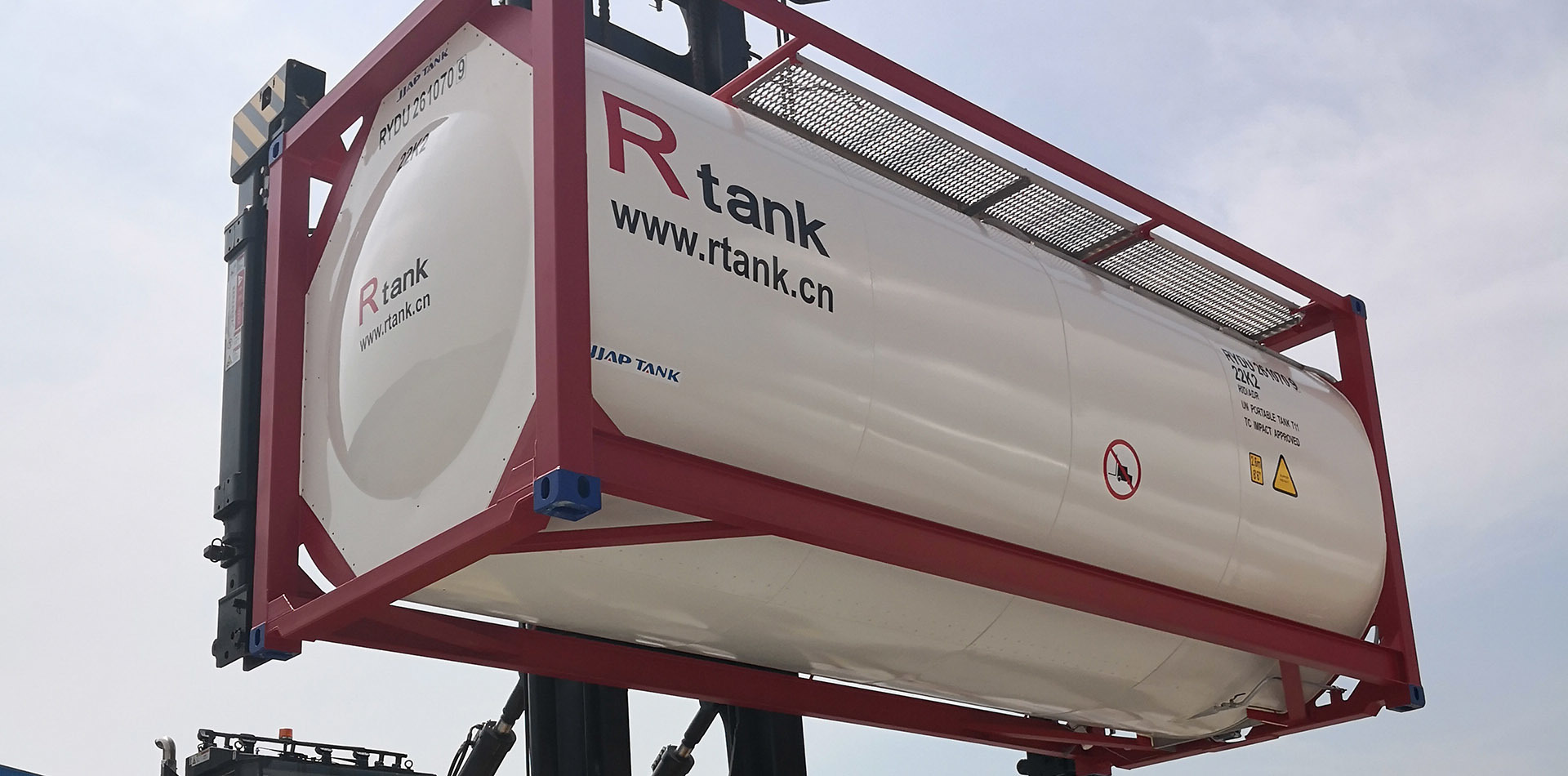The ISO TANK international standard tank is a stainless steel pressure vessel installed within a secured external frame. The inner liner of the tank is mostly made of 316 stainless steel. Most tank containers are equipped with steam or electric heating devices, inert gas protection devices, pressure relief devices, and other optional equipment necessary for fluid transportation and loading/unloading.
It mainly consists of a liquid tank and a frame, used for transporting liquid goods such as alcoholic beverages, oils, liquid foods, and chemicals. It can be divided into the following categories:
1. IMO Type 0
Used for transporting non-hazardous goods with a flash point above 61°C, non-toxic and non-corrosive goods, goods not on the international enforcement agency's embargo list, liquid foods, but alcoholic beverages with a flash point above 21°C or an alcohol content exceeding 25% should be transported using IMO Type 1 tank containers, unloaded from the bottom of the tank.
2. IMO Type 1
Hazardous goods tank containers, with a maximum allowable working pressure of over 1.75 bar, used for transporting liquid chemicals with a flash point below 0°C, certain highly toxic or corrosive chemicals, self-igniting goods, goods that become dangerous when wet, self-oxidizing goods, and liquid goods with a sealed pressure not exceeding the allowable pressure of the tank.
For tanks transporting corrosive and unstable goods, special steel materials must be used, and necessary linings should be considered. The sum of the vapor pressure in the tank at 65°C and other partial pressures resulting from it must not exceed 0.35 kg/cm² of the tank's design pressure, and materials can be unloaded from the bottom or top of the tank.
3. IMO Type 2
Sub-hazardous goods tank containers, with a maximum allowable working pressure greater than 1.0 bar and less than 1.75 bar, used for transporting liquid goods with a flash point between 0°C and 61°C and no other hazards, certain lower hazardous, toxic, or corrosive chemicals, and liquid goods with a sealed pressure below 172.4 kPa but not exceeding the allowable working pressure of the tank, unloaded from the bottom.
4. IMO Type 4
Road tank vehicles equipped with Type 1 or Type 2 tanks.
5. IMO Type 5
Liquid gas tank containers, used for transporting non-refrigerated liquefied gas or lower hazardous normal temperature chemicals, unloaded from the bottom.
6. IMO Type 6
Road tank vehicles equipped with Type 5 tanks.
7. IMO Type 7
Insulated refrigerated liquid gas tank containers, used for transporting refrigerated liquefied gas or low-temperature liquefied gas and liquid perishable goods that require temperature control, unloaded from the bottom.
8. IMO Type 8
Road tank vehicles equipped with Type 7 tanks. The movable tank container guidelines apply to hazardous goods that can be transported using movable tank containers. Each movable tank container guideline consists of the letter T and Arabic numerals (T1 to -175). Each guideline represents a technical specification.






